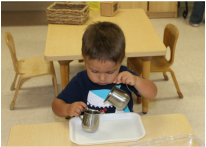
Respect for life, the environment and each other begins in our Montessori classrooms. The heart of the class revolves in the area of practical life. It is in this area where a child is introduced to the basics of caring for himself and the environment that they will learn to love and respect. The practical life area gives each child an opportunity to experiment, to feel, to listen to the ordinary elements of life. It is here where a child can pour water, spoon beans, husk corn, whip suds or unscrew a bolt. This is where a child learns to tie his own shoes, zipper his coat and blow his own nose. Learning about dignity of self is the very essence of the Montessori method. Through practical life work a child will develop and refine social skills. These skills, developed through practical life, build self esteem, determination and independence.
The exercises of practical life provide purposeful activity while helping to develop motor control, independence, concentration and a sense of order. One of the first exercises in practical life is pouring. Dry pouring is introduced first. This material is presented on a tray with two transparent jugs with their handles facing outward, enough dry material such as beans or rice to fill two thirds of the jug. The jug with the dry material is on the left. This helps develop hand eye coordination and left-right orientation. Wet pouring is presented next as wet material is a little more difficult to transfer. A small sponge is placed on the tray to soak up any spills. Once these two skills are mastered the sky is the limit to the pouring work. A child can now start pouring with a funnel or in multiple containers or into tea cups. A child can now be introduced to more difficult work including soap whipping, apple serving or even chair washing. It also helps the child function better around the classroom as they are able to pour their own drink if they are thirsty. The children also learn the proper way to clean up from themselves if they have spilled something. It gives the child a chance to demonstrate grace and courtesy when they are able to offer and pour their own friends a drink. In the home if you purchase a small pitcher and leave it accessible to the child they may even pour Mom and Dad a drink.
The exercises of practical life provide purposeful activity while helping to develop motor control, independence, concentration and a sense of order. One of the first exercises in practical life is pouring. Dry pouring is introduced first. This material is presented on a tray with two transparent jugs with their handles facing outward, enough dry material such as beans or rice to fill two thirds of the jug. The jug with the dry material is on the left. This helps develop hand eye coordination and left-right orientation. Wet pouring is presented next as wet material is a little more difficult to transfer. A small sponge is placed on the tray to soak up any spills. Once these two skills are mastered the sky is the limit to the pouring work. A child can now start pouring with a funnel or in multiple containers or into tea cups. A child can now be introduced to more difficult work including soap whipping, apple serving or even chair washing. It also helps the child function better around the classroom as they are able to pour their own drink if they are thirsty. The children also learn the proper way to clean up from themselves if they have spilled something. It gives the child a chance to demonstrate grace and courtesy when they are able to offer and pour their own friends a drink. In the home if you purchase a small pitcher and leave it accessible to the child they may even pour Mom and Dad a drink.
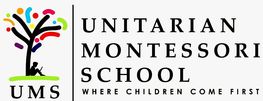
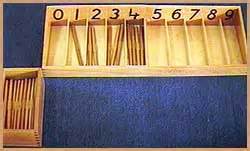
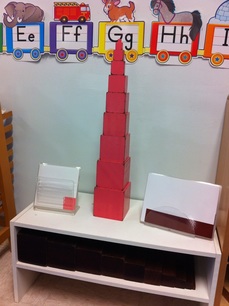
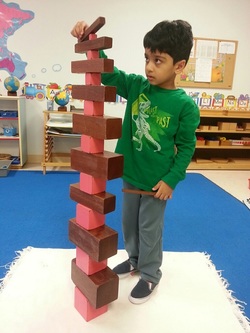
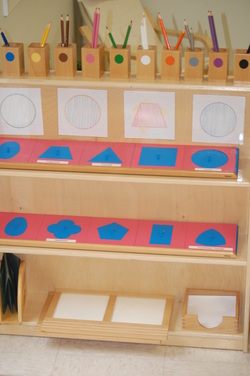
 RSS Feed
RSS Feed